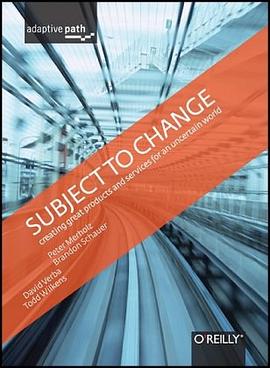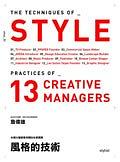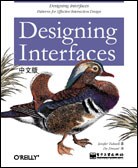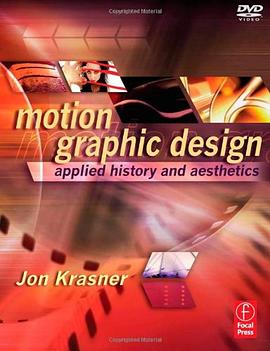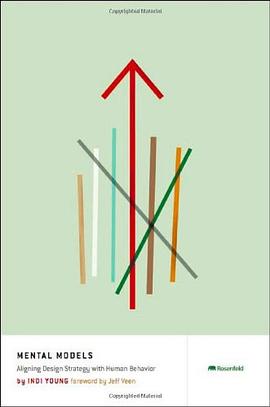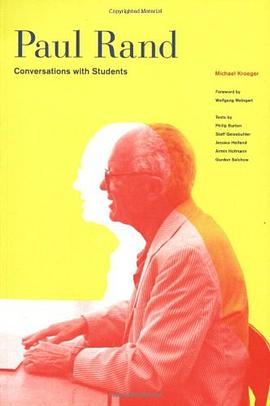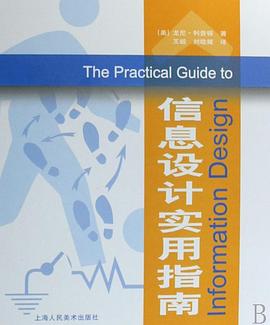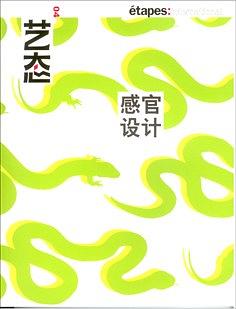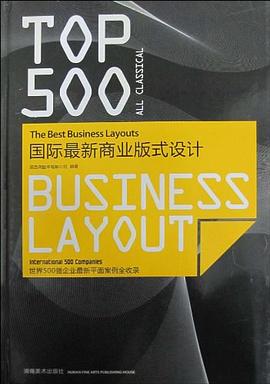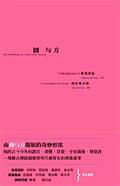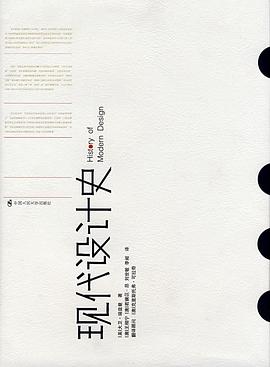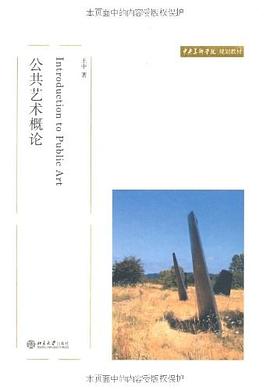

Some may call it the first manifesto of the twenty-first century, for it lays down a new way to think about architecture. Others may think of it as the last architectural treatise, for it provides a discursive container for ideas that would otherwise be lost. Whatever genre it belongs to, SITELESS is a new kind of architecture book that seems to have come out of nowhere. Its author, a young French architect practicing in Tokyo, admits he "didn't do this out of reverence toward architecture, but rather out of a profound boredom with the discipline, as a sort of compulsive reaction." What would happen if architects liberated their minds from the constraints of site, program, and budget? he asks. The result is a book that is saturated with forms, and as free of words as any architecture book the MIT Press has ever published.The 1001 building forms in SITELESS include structural parasites, chain link towers, ball bearing floors, corrugated corners, exponential balconies, radial facades, crawling frames, forensic housing--and other architectural ideas that may require construction techniques not yet developed and a relation to gravity not yet achieved. SITELESS presents an open-ended compendium of visual ideas for the architectural imagination to draw from. The forms, drawn freehand (to avoid software-specific shapes) but from a constant viewing angle, are presented twelve to a page, with no scale, order, or end to the series. After setting down 1001 forms in siteless conditions and embryonic stages, Blanciak takes one of the forms and performs a "scale test," showing what happens when one of these fantastic ideas is subjected to the actual constraints of a site in central Tokyo. The book ends by illustrating the potential of these shapes to morph into actual building proportions. Francois Blanciak is an architect and Research Fellow at the University of Tokyo. He has worked for architectural firms in Los Angeles, Copenhagen, Hong Kong, and New York, with architects including Frank Gehry and Peter Eisenman.
具體描述
讀後感
一本有意思的小册子。 你很难发现作者是怎样在思考的,他思考的出发点是什么,他这样思考的依据又是什么。这些奇形怪状的形体见不出有源头,也料不到有用处,只是忽然一下子,莫名其妙地冒了出来。最早看到这本书的时候,料定作者是受了Rem Koolhass的影响——Rem把纽约的棋盘...
評分暂时抛开功能层面的设计因素不讲,设计师的日常工作都是在和形状打交道。我们不但离不开那些头脑中根深蒂固的基本形状,更时常迫切的希望能够勾画出新的造型然后逐渐形成自己特有的形态语言,让自己的设计风格独树一帜。相信很多人和我一样忽略了日常记录的重要性,以至...
評分暂时抛开功能层面的设计因素不讲,设计师的日常工作都是在和形状打交道。我们不但离不开那些头脑中根深蒂固的基本形状,更时常迫切的希望能够勾画出新的造型然后逐渐形成自己特有的形态语言,让自己的设计风格独树一帜。相信很多人和我一样忽略了日常记录的重要性,以至...
評分暂时抛开功能层面的设计因素不讲,设计师的日常工作都是在和形状打交道。我们不但离不开那些头脑中根深蒂固的基本形状,更时常迫切的希望能够勾画出新的造型然后逐渐形成自己特有的形态语言,让自己的设计风格独树一帜。相信很多人和我一样忽略了日常记录的重要性,以至...
評分You can read the book in five minutes or five years, or even it isn't worth reading at all. It makes laugh at the current architectural trend - 'formalism', althogh this may not be the author's original intention. However, it is still a quite enjoyable book...
用戶評價
Incredible
评分有意思~~不過好多重復啊
评分雖然有多種形式,但是這種沒有分類的堆積,對設計的啓發很小。還是Enrique Walker 的Cliche 好。
评分非常需要進行形體方麵的特訓
评分很歡樂的一本小書
相關圖書
本站所有內容均為互聯網搜索引擎提供的公開搜索信息,本站不存儲任何數據與內容,任何內容與數據均與本站無關,如有需要請聯繫相關搜索引擎包括但不限於百度,google,bing,sogou 等
© 2025 qciss.net All Rights Reserved. 小哈圖書下載中心 版权所有

